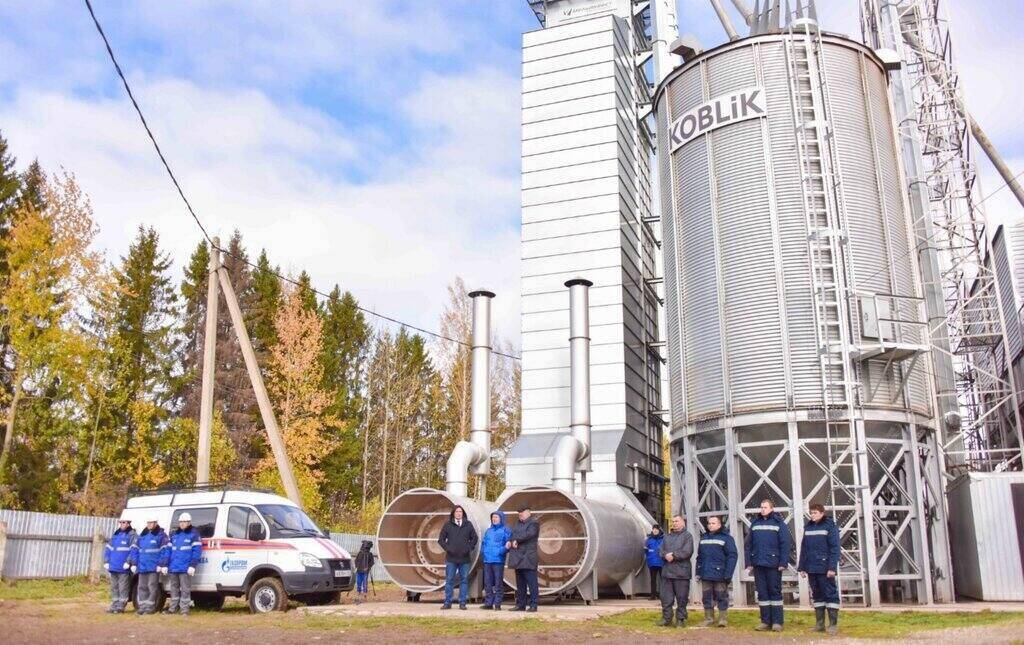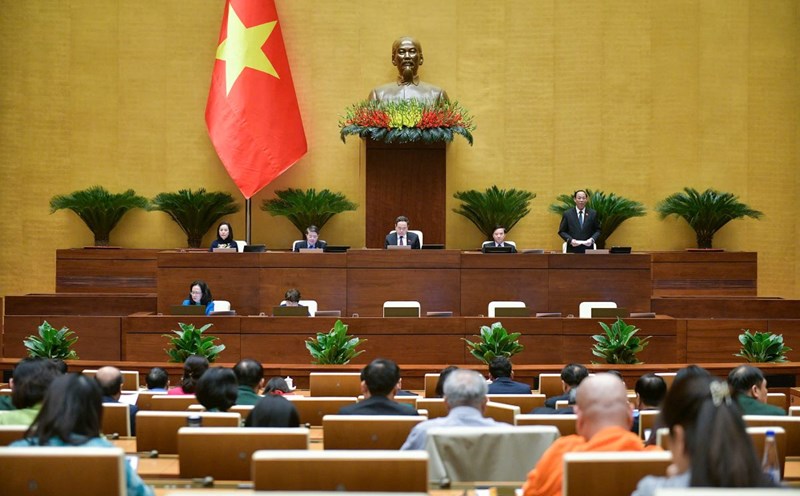Gazprom is considering the option of not exporting gas to Europe via Ukraine after December 31, 2024 in its internal plan for 2025, Reuters reported on November 26.
Gazprom's plans for 2025 have not yet been approved by senior management, according to sources familiar with the plans, and the basic scenario is that Russia will not have a gas transit route through Ukraine next year.
According to sources, in 2025, Russia's gas exports abroad, mainly to Europe and Türkiye, excluding the former Soviet Union countries, are expected to fall by a fifth from 49 billion cubic meters this year to just under 39 billion cubic meters due to the end of gas transit through Ukraine.
This projected export data takes into account gas supplies to Türkiye via the TurkStream and Blue Stream pipelines and excludes exports to China. Russian gas exports to China via the Power of Siberia pipeline are expected to reach 38 billion cubic meters next year.
Ukraine has repeatedly expressed its desire to end the agreement to transport Russian gas to Europe. Meanwhile, Russia has repeatedly signaled its readiness to negotiate and continue transporting gas through this pipeline. Russian President Vladimir Putin said that Moscow is ready to continue pumping gas through Ukraine.
The end of the deal means the end of more than half a century of gas transit from Siberia to Central European markets that began in Soviet times. Gas exports to Europe via Ukraine have been a steady source of Russian budget revenue. The Russian gas transit deal also brought Kiev transit costs of up to $1 billion a year.
Before the Ukraine conflict, Russia was Europe’s No. 1 gas supplier. Russia lost almost all of its European customers as the European Union tried to wean itself off Russian energy and after the Nord Stream pipeline carrying Russian gas to Germany exploded in 2022.

Since the discovery of vast gas deposits in Siberia after World War II, Soviet and post-Soviet leaders have spent half a century building an energy business that linked the Soviet Union, and then Russia, to European economies.
The conflict in Ukraine and the Nord Stream pipeline explosions have all but destroyed this connection, damaging the economies of both Russia and Europe. Europe is now more dependent on gas supplies from the United States.
Russian gas supplies to Europe via Ukraine have already fallen considerably. Russia will ship around 15 billion cubic metres of gas via Ukraine in 2023 – just 8% of the amount of gas Russia shipped to Europe via various routes during the peak period of 2018-2019.
The Soviet-era Urengoy-Pomary-Uzhgorod pipeline transports gas from Siberia through the town of Sudzha - now controlled by Ukrainian military forces - in Russia's Kursk Oblast. Gas from this pipeline travels to Ukraine and from there to Slovakia.
About 14.65 billion cubic meters of gas will be supplied via Sudzha in 2023, equivalent to about half of Russia's gas exports to Europe. EU gas consumption will fall to 295 billion cubic meters in 2023.











